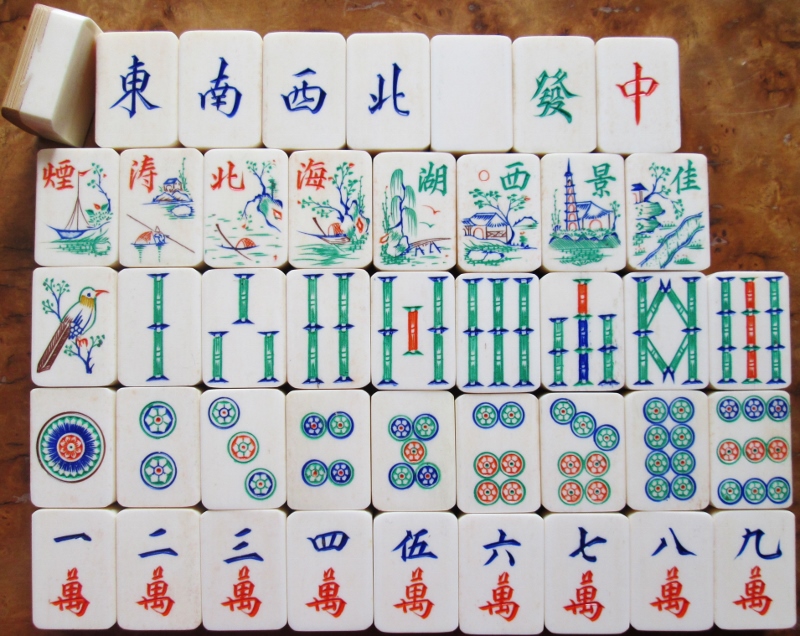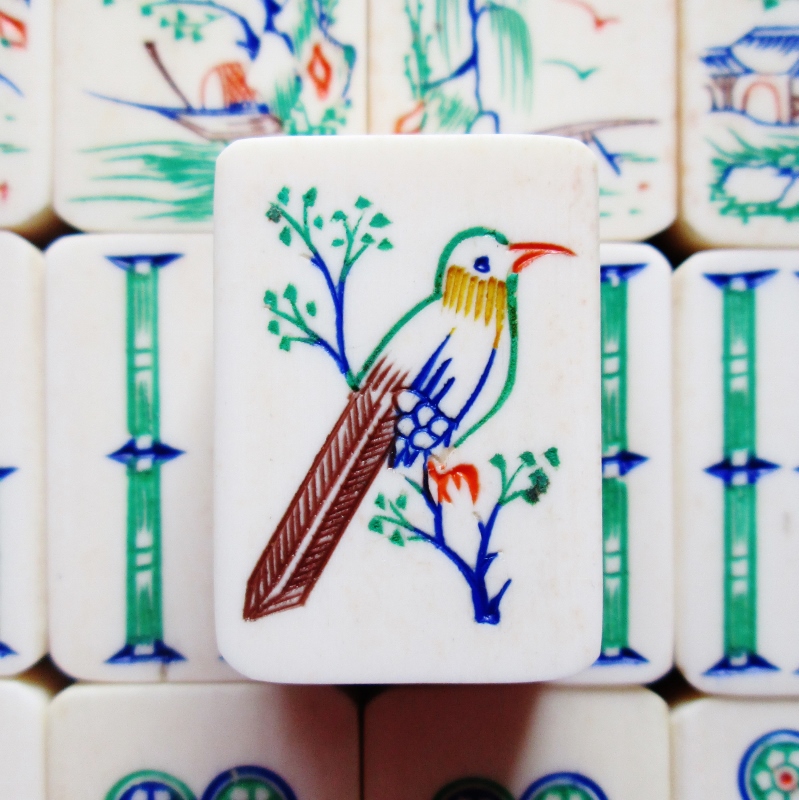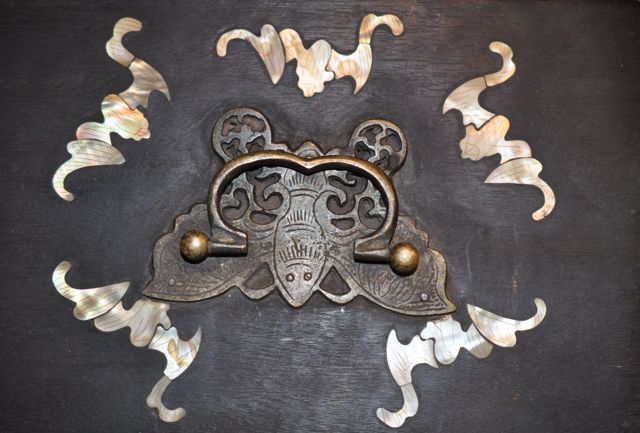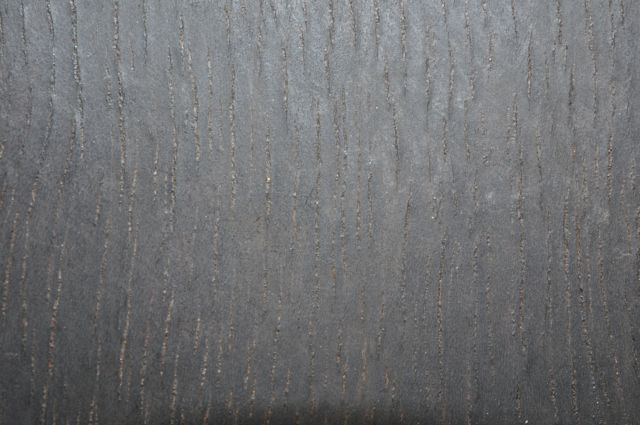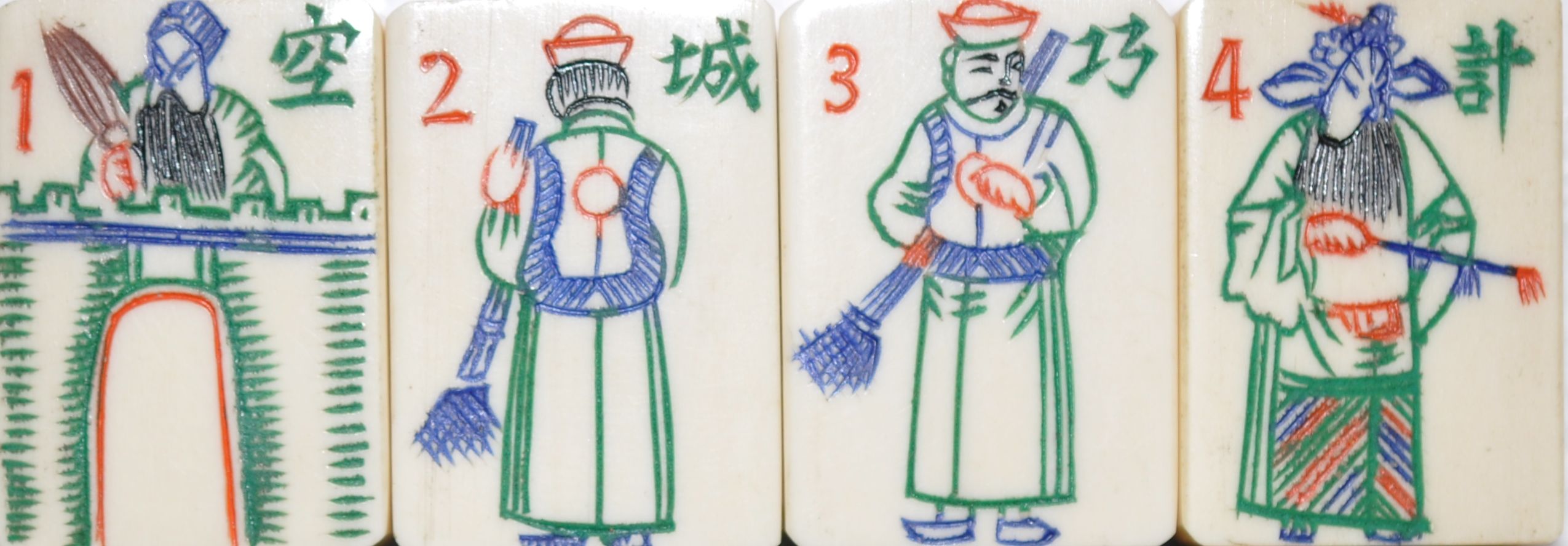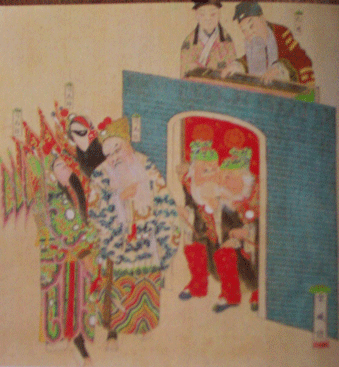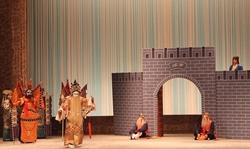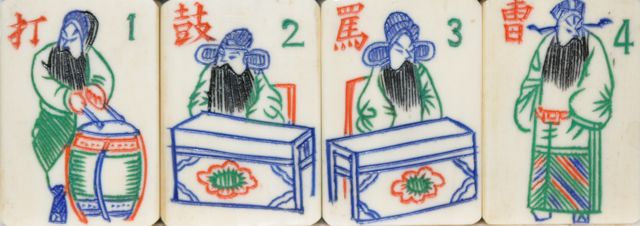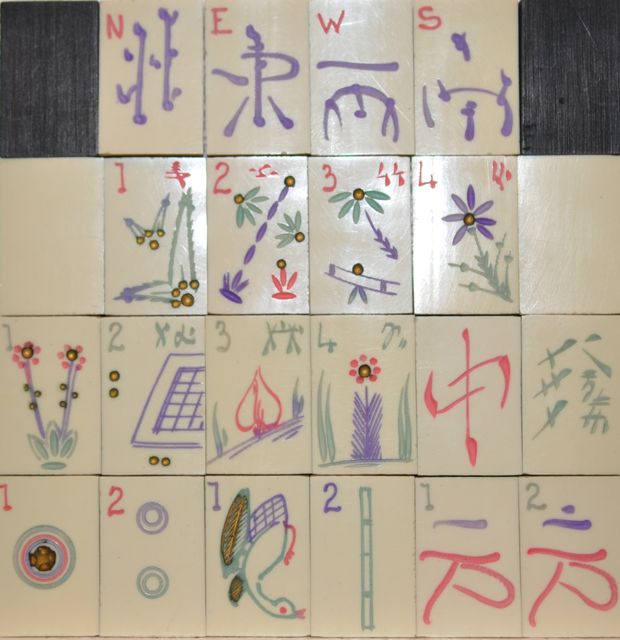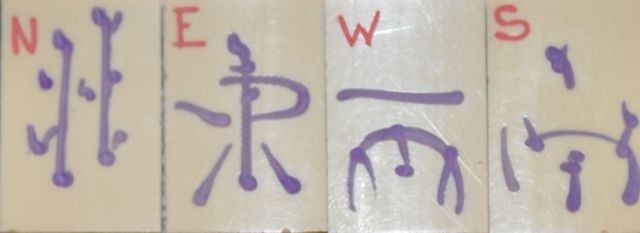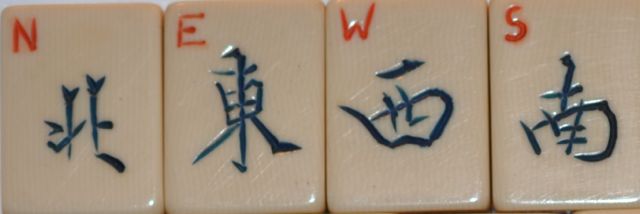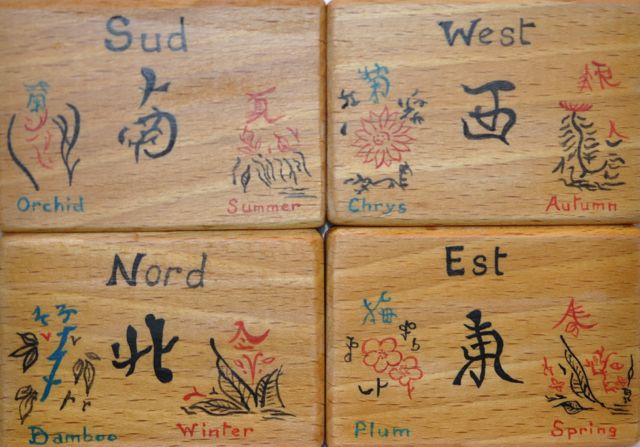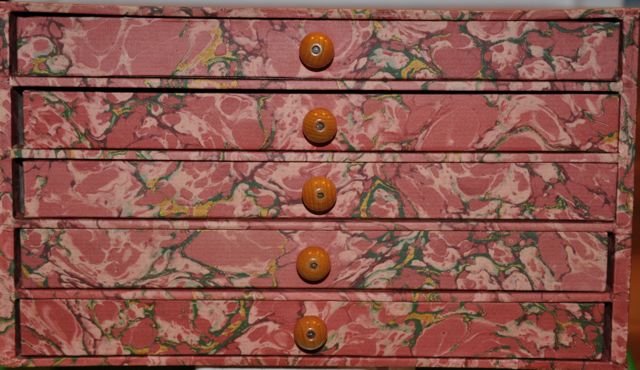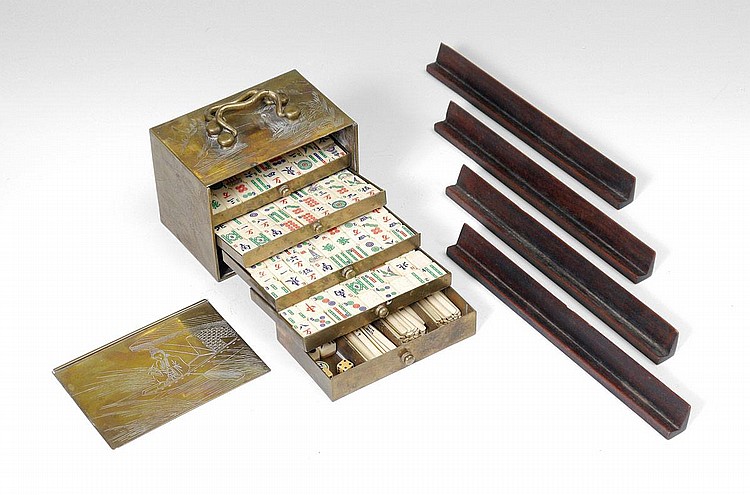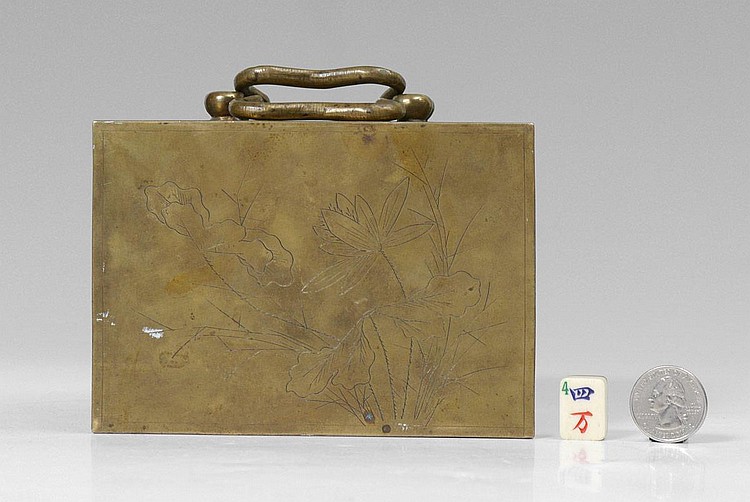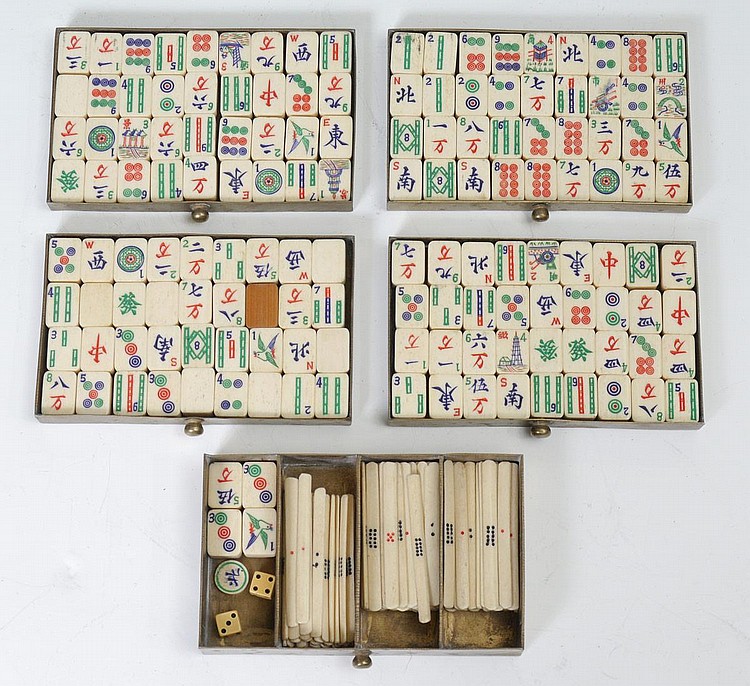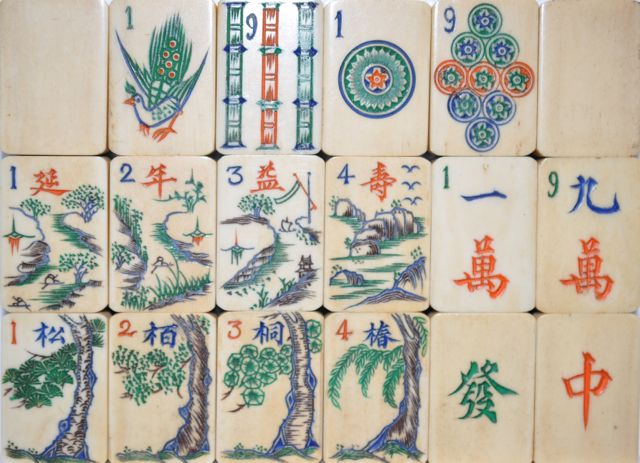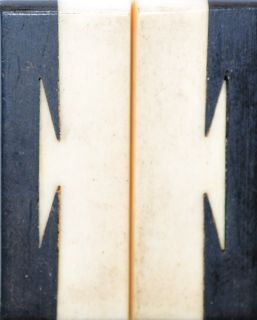A reader sent these photographs of this very lovely thick bone set.
You will quickly note the absence of any Arabic numbers or Western indices. This set was not intended for export, so adding foreign letters and numbers was not deemed necessary. The designs are clean (as are the tiles!) All three suits have the ornate style of engraving.
The One Bamboo bird is particularly lovely, and unusual with the yellow paint around its neck.
The Flower tiles have been translated by Ray Heaton:
Top row: Smoke or mist, large waves, North (you can recognize that symbol from the Wind tiles) and Ocean. This could mean there is an ocean with large waves to the North of this peaceful lake.
Bottom Row: Lake, West (you know this one from the Winds), scenery, beautiful. This could mean the scenery is beautiful on West Lake.
I love the details seen in this set. The carvings on the tree branches, indicating many different types of trees, birds flying through the air, little dots of color representing flowers, and the boats seen in the top row, with the delightful glimpses of the sailboat and the row boat coming into view around rock ledges. A fisherman is seen at work, and the water reflects both his image as well as that of the boat. There is something very peaceful about the scenes here, very much like those in landscape paintings.
Here is a link to information about this lake, which has inspired writers and artists throughout the years. If you look at the map you will see the ocean is to the North.
http://en.wikipedia.org/wiki/West_Lake

